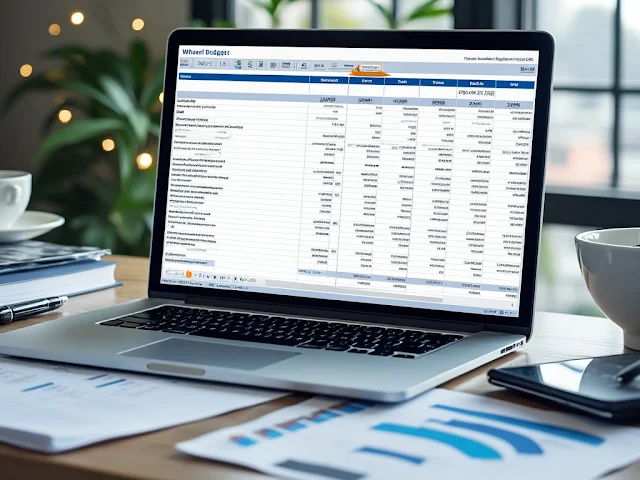One of the most critical components of a successful grant proposal is the budget. Just as a journalist ensures the accuracy of every detail in a story, a grant writer must present a budget that is transparent, realistic, and aligned with the goals of the project. A well-crafted budget not only reassures funders of your project’s feasibility but also reflects your organization’s professionalism and commitment. Here’s how to master the art of budgeting in your grant proposals:
1. Start with a Detailed Plan
Every good budget starts with a detailed plan. Break down your project into specific tasks and activities, and estimate the costs associated with each. This approach ensures that your budget is comprehensive and covers all necessary expenses. Like a journalist conducting thorough research before writing, you need to know exactly what your project will entail before you can accurately budget for it.
2. Be Transparent About Costs
Transparency is key in budgeting. Funders want to see where their money will go and how it will be used. Break down each budget item in detail, providing justifications for each cost. For example, instead of simply listing “personnel,” specify the roles, hours, and rates. This level of detail builds trust with funders, much like a journalist providing sources and evidence to back up claims.
3. Include Contingency Plans
No project is without risks. A savvy journalist anticipates potential obstacles and addresses them in their reporting; similarly, a well-prepared grant writer includes contingency plans in the budget. Set aside a reasonable contingency fund to cover unexpected expenses. This shows funders that you have thought through potential challenges and are prepared to address them.
4. Align Budget with Project Goals
Your budget should be a reflection of your project goals. Ensure that your financials are aligned with the objectives and activities outlined in your proposal. Just as a journalist ensures that every fact supports the narrative of their story, your budget should support the overall narrative of your proposal, demonstrating that the resources requested are essential to achieving the desired outcomes.
5. Use Realistic and Justifiable Figures
Accuracy and realism are crucial when it comes to budgeting. Avoid the temptation to inflate costs or understate expenses to make your proposal more attractive. Funders are often experienced and can spot unrealistic figures. Just as credibility is paramount in journalism, trustworthiness in your budget is key to convincing funders that your project is viable and worth supporting.
6. Provide a Clear Financial Narrative
Your budget should tell a story. Include a budget narrative that explains the rationale behind each line item. This narrative should clearly link your budget to your project’s goals and outcomes. Much like a journalist uses a narrative to guide readers through a story, your budget narrative should guide funders through your financials, helping them understand the importance and necessity of each expense.
A well-crafted budget is more than just numbers on a page—it’s a critical component of your grant proposal that can make or break your chances of securing funding. By ensuring transparency, accuracy, and alignment with your project goals, you build a financial narrative that funders can trust. Join us tomorrow as we explore the importance of evaluation plans in grant proposals and how to demonstrate the impact of your work.
For more expert advice on grant writing and securing funding, visit GlobalGrantHub.com and stay informed with the latest tips and strategies.







.jpg)




0 Comments